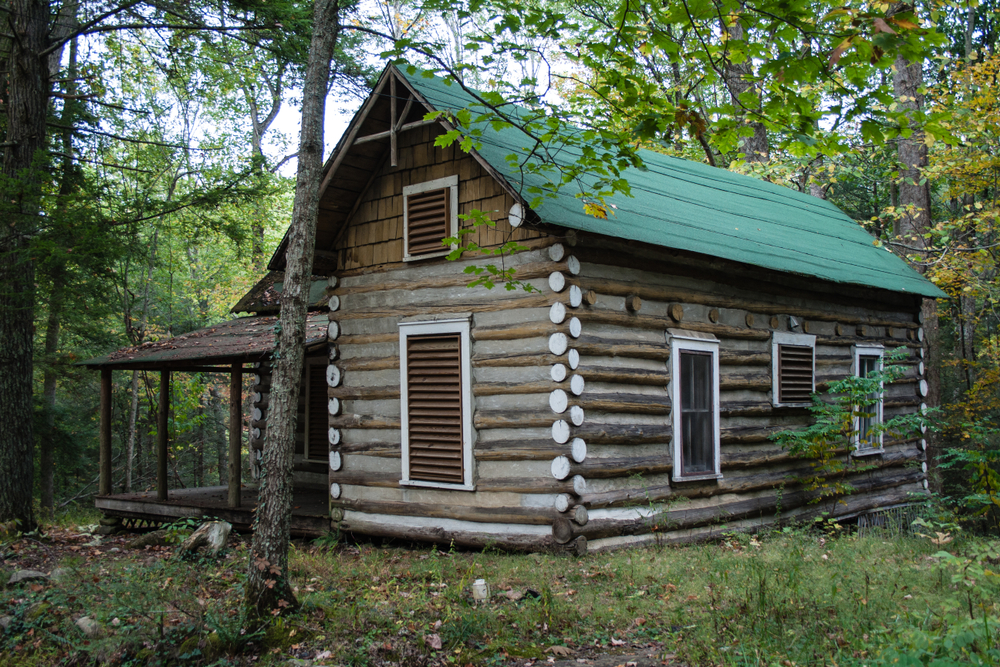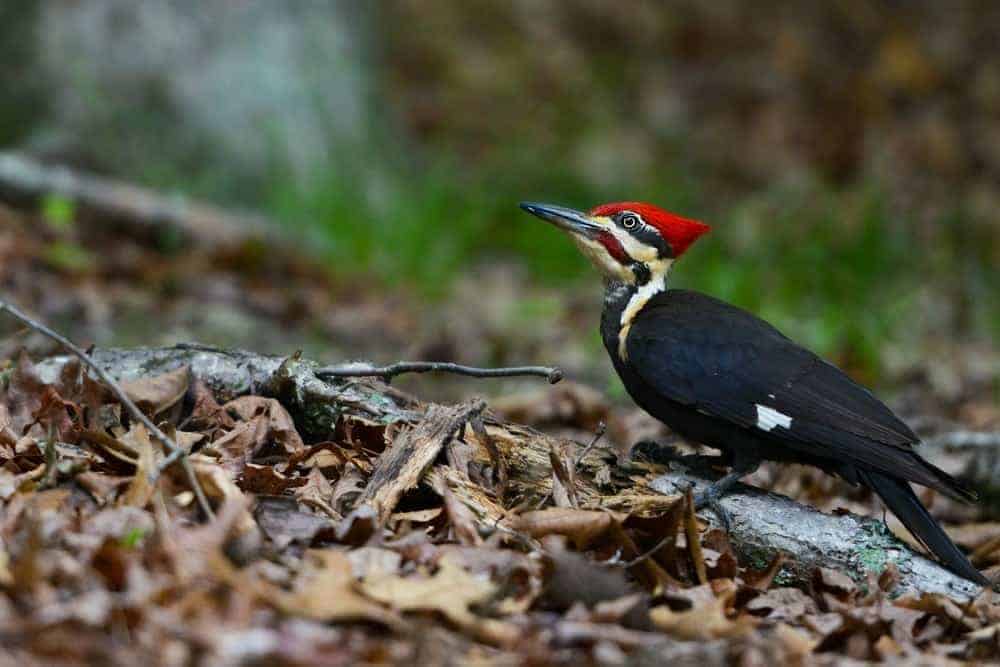
Your Guide to Viewing the Birds of the Smoky Mountains
The Great Smoky Mountains are a paradise for bird watchers! Around 240 species of birds have been spotted within the borders of the national park. The Smokies have such a diverse collection of feathered residents because the park features so many different elevations and habitats. With chilly mountain peaks and more temperate lowlands, the Smoky Mountain area can accommodate a wide variety of avian species.
Bird watching, or “birding” as dedicated hobbyists call it, is a great way to spend a vacation day in East Tennessee. To help you make the most of your next getaway, Visit My Smokies has put together a convenient guide to viewing the birds of the Smoky Mountains.
Fast Facts About Birds in the Smoky Mountains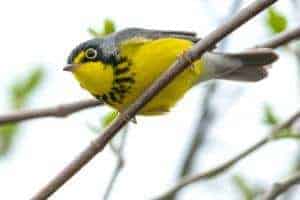
Before we get into the nitty-gritty of birding in the national park, check out these fast facts about the winged denizens of the Smokies:
- 60 species of birds live in the national park all year round.
- Almost 120 varieties of birds breed in the Smoky Mountains, including 52 species from the Neotropical realm (which includes South America, Central America, the Caribbean Islands, and Southern Florida).
- Many species of birds stop in the Smokies during migration to rest and forage for food.
- Scientists are still adding to the list of birds that can be found in the Smoky Mountains!
Bird Watching at Clingmans Dome
As the tallest point in the state of Tennessee and along the entire Appalachian Trail, Clingmans Dome is a wonderful place to see birds that call the higher elevations home. According to National Geographic, some of the breeding species that can be spotted around Clingmans Dome include:
- Common Raven
- Black-capped Chickadee
- Canada Warbler
- Brown Creeper
- Dark-eyed Junco
- Golden-crowned Kinglet
- Northern Saw-whet Owl
- Red-breasted Nuthatch
- Winter Wren
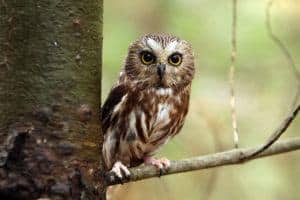 The Clingmans Dome observation tower is close to an old growth forest where you can hike and go birding. Be sure to keep your ears open for the sound of the Wood Thrush’s song, so you can follow the music and see one of these beautiful birds!
The Clingmans Dome observation tower is close to an old growth forest where you can hike and go birding. Be sure to keep your ears open for the sound of the Wood Thrush’s song, so you can follow the music and see one of these beautiful birds!
Newfound Gap Road and Clingmans Dome Road are also great for viewing the northern birds of the Smoky Mountains. The parking lot at Newfound Gap is a favorite destination for bird watchers. In the spring, you may hear the calls of Saw-whet Owls, and if you’re lucky, a Red Crossbill.
Bird Watching in Cades Cove
With its wide open spaces and easy to navigate loop road, Cades Cove is the Great Smoky Mountains National Park’s most popular spot for wildlife viewing. Situated in the lower elevations of the park, this gorgeous valley is frequented by these bird species:
- Wild Turkey
- Pileated Woodpecker
- Orchard Oriole
- Blue Grosbeak
- Ruffed Grouse
- Acadian Flycatcher
- Willow Flycatcher
- Yellow-throated Warbler
- Hooded Warbler
In addition to all of these beautiful birds, Cades Cove is also home to black bear, white-tailed deer, coyote, and many other incredible animals.
Bird Banding at Tremont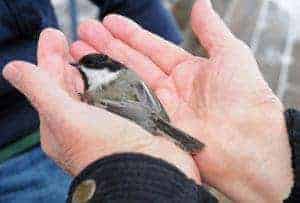
In the summer, the Great Smoky Mountains Institute at Tremont hosts “bird banding” events where visitors can hold a live wild bird in their hands! As part of their research, the scientists at Tremont catch birds in Walker Valley and attach a band to them so they can track their movement. To find out more information about the next bird banding session at Tremont, click here.
Birds of the Smoky Mountains Checklist
If you’re a devoted birder, you’ll definitely want to keep track of all the species you see in the Smokies! Before your next visit, be sure to print out this Birds of the Smoky Mountains Checklist from the National Park Service. Copies of the checklist (and additional bird watching resources) are also available at visitor centers in the park.
For advice on seeing other critters in the national park, check out our Guide to Spotting Your Favorite Smoky Mountain Wildlife!



